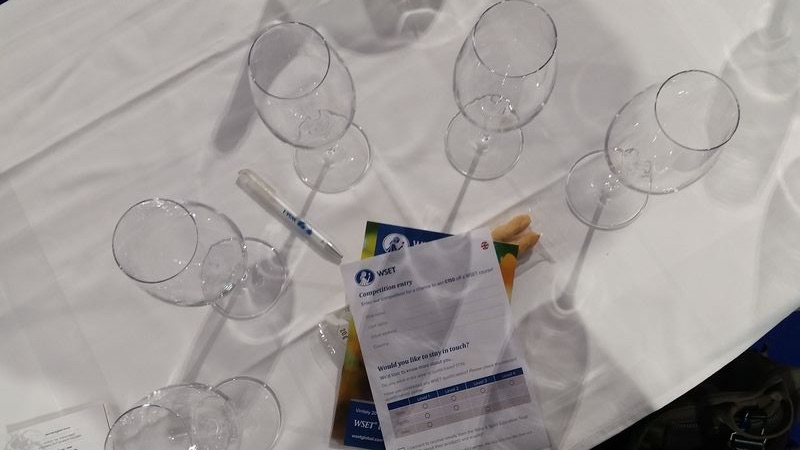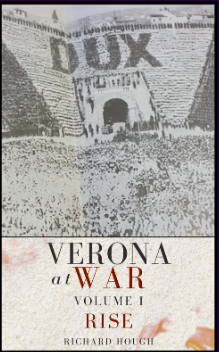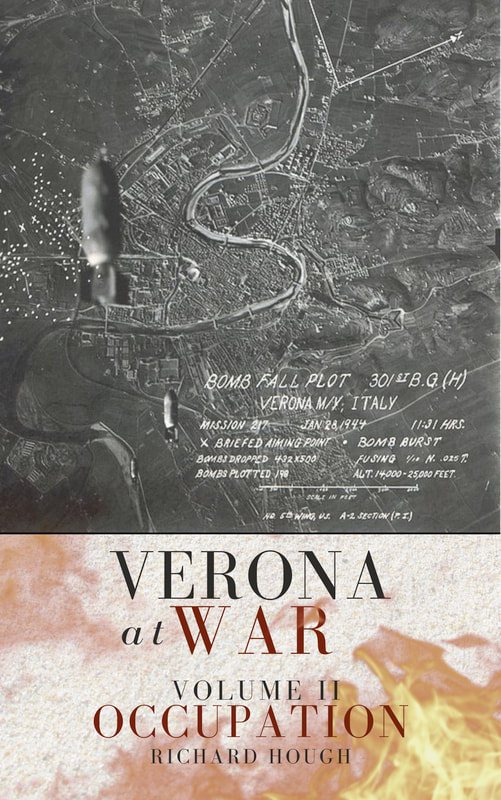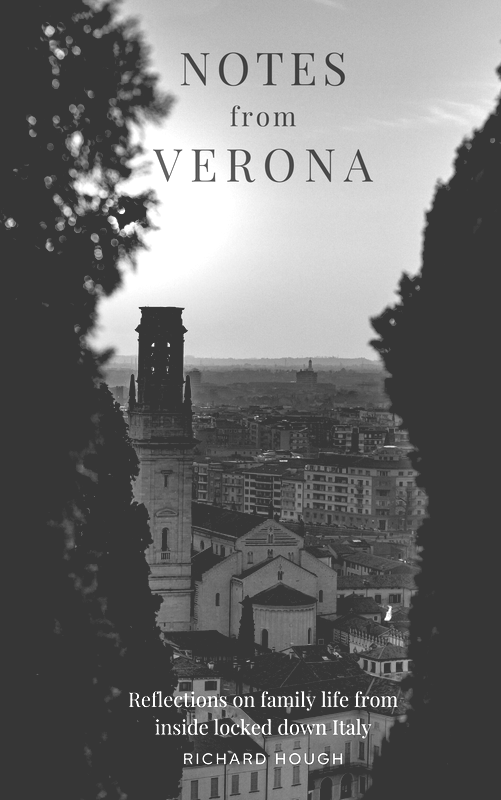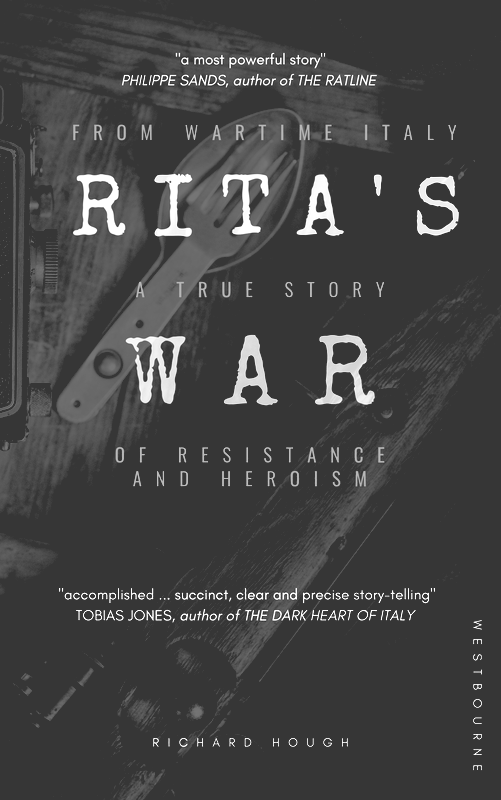|
Cool sites, cool wines was the theme for this tasting hosted by the Wine & Spirit Education Trust (WSET) on Sunday afternoon and, I have to confess, I thought it was going to be an event about websites. Cool websites.
For those of you not familiar with it's work, WSET is a British organisation which offers courses and exams in the field of wine and spirits. Founded in 1969, it is generally regarded as one of the world's leading providers of wine education. I was introduced to WSET's systematic approach to wine tasting at last year's Vinitaly and I recently completed the Level 1 Award in Wines, a pleasurable hands-on introduction to the world of wine, hosted in the foothills of Valpolicella. So, I was really looking forward to this event about wine and the world wide web in the vibrant international pavilion of Vinitaly 2018.
Of course, the event wasn't about the world wide web at all. It was about climatic conditions. And the enological impact of these climatic conditions on wine production. Well, how was I to know? Climate is, of course, a fundamental variable when it comes to wine production. When you think of the great wine producing regions, we generally think of warm, sunny places like Tuscany, Spain, southern California, Australia and South Africa. But there are, of course, some notably cooler regions where great wine is produced. These include Champagne in northern France and the great wines of the Loire Valley and northern California, Argentina and the German Rhineland. Grapes that cope well in cooler climates include Sauvignon Blanc, Chardonnay, Pinot Gris, Riesling and Solaris. White wines from cool climates tend to have higher acidity, more lemon-lime aromas, and are usually lower alcohol and lighter bodied. WSETs Cool sites, cool wines tasting explored some fantastic wines from these regions. First up was a delightful Muscadet from the Loire Valley. 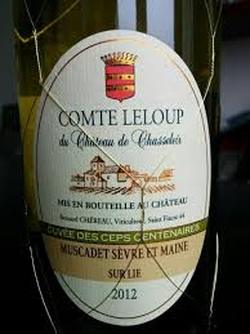 Vinitaly 2018: Comte Leloup - cool climate wine Vinitaly 2018: Comte Leloup - cool climate wine
Comte Leloup du Château de Chasseloir Muscadet Sèvre-et-Maine sur Lie, Cuvée des Ceps Centenaires 2014 Some of the vines at Château de Chasseloir are centuries old and, while the name doesn't exactly roll off the tongue, this fine Muscadet from the Loire region was a great way to start the day! Fresh but complex, it has a slight salty tang. Green apples, mouth-tingling acidity, light-bodied, well-balanced, ideal with seafood. 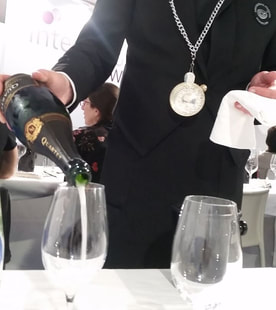 Vinitaly 2018: Anderson Valley Brut - cool climate wine Vinitaly 2018: Anderson Valley Brut - cool climate wine
Quartet Anderson Valley Brut, Roederer Estates NV
This sparkling Californian wine from the Anderson Valley in Mendocino County belongs to Roederer Estates, the famous French Champagne producer. A hundred miles to the north of San Francisco, the climate here is tempered by cool marine air. Anderson Valley enjoys warms summer days, but cool evenings. Reminiscent of Champagne, this Brut is a blend of 70% chardonnay and 30% pinot noir. High acidity, medium body, long-finish, floral with a clear hint of pineapple. 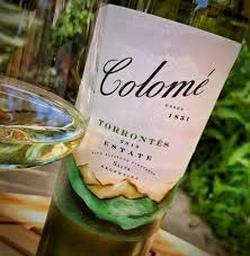 Vinitaly 2018: Colome Torrontes - cool climate wine Vinitaly 2018: Colome Torrontes - cool climate wine
Colome Torrontes 2017
Torrontes is the signature white wine of Argentina and this one comes from the highest vineyard in the world, an astonishing 3,111 metres above sea-level. The vineyards of Calchaquí Valley in northwestern Argentina are also amongst the oldest in Argentina. In fact, founded in 1831, Colome is Argentina's oldest winery. Light and refreshing, with a clear twang of rose petals and orange. Great as early summer aperitivo or with a simple starter. 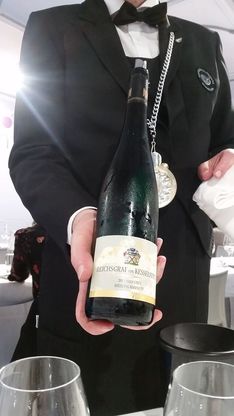 Vinitaly 2018: Riesling Kabinett - cool climate wine Vinitaly 2018: Riesling Kabinett - cool climate wine
Kaseler Nies'chen Riesling Kabinett, von Kesselstatt, Ruwer 2015 A tasty Riesling from the steep Nies'chen slope that overlooks the picturesque village of Kasel in the German Rhineland. Complex flavours of apricot and peach with a twist of lemon, red fruit and stewed apples, this was a great wine to conclude the tasting a really interesting tasting. The future for cool climate wines
A recent study has found that climate change will dramatically impact many of the most famous wine-producing regions in the world. The study concluded that Europe will be the main victim of the negative effects of global warming, with an expected drop in production of 85 per cent in the areas bordering the Mediterranean Sea, such as the Italian Tuscan and the French Bordeaux regions.
In fact, with wine production already becoming viable in places like the south of England, the Netherlands and even Denmark and Sweden, we are already seeing the impact of climate change on the wine industry. So, while this tasting wasn't exactly what I was expecting, it did deliver an important message about the impact of climate change and the future of wine production. And the wine wasn't too bad either! |
AboutRichard Hough writes about history, football, wine, whisky, culture + travel and is currently working on a trilogy about wartime Verona.
|
